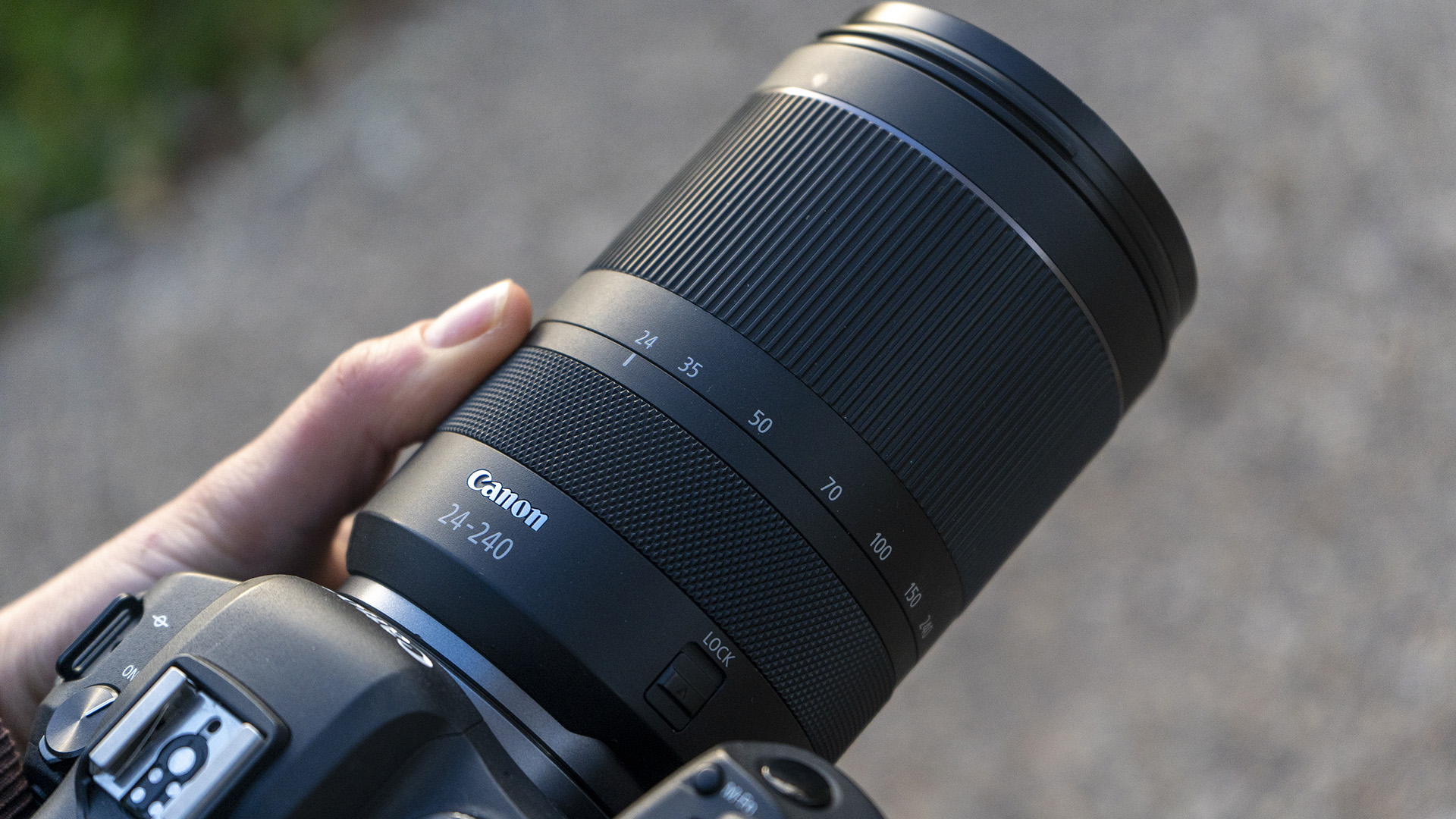Space Verdict
The Canon RF 24-240mm f4-6.3 IS USM is a versatile all-rounder, even if it lacks the finesse of a premium optic
Pros
- +
Quiet autofocusing
- +
10x zoom power
- +
Small form factor
Cons
- -
Minimal weather-sealing
- -
Some chromatic aberration
Why you can trust Space.com
The Canon RF 24-240mm f4-6.3 IS USM offers a staggering 10x zoom for Canon’s full-frame mirrorless cameras, and it manages to do so in a satisfyingly portable package.
Although superzooms like this are nothing new, lenses with such a vast focal range have traditionally been designed for cameras with a small sensor. On full-frame DSLRs, a bigger image circle means a lot of glass is needed to make the focal range physically achievable – think added weight, size and cost. The Canon RF 24-240mm f4-6.3 IS USM weighs just 2.10 lbs, while by comparison, the Canon EF 28-300mm f/3.5-5.6L IS USM is 3.68 lbs.
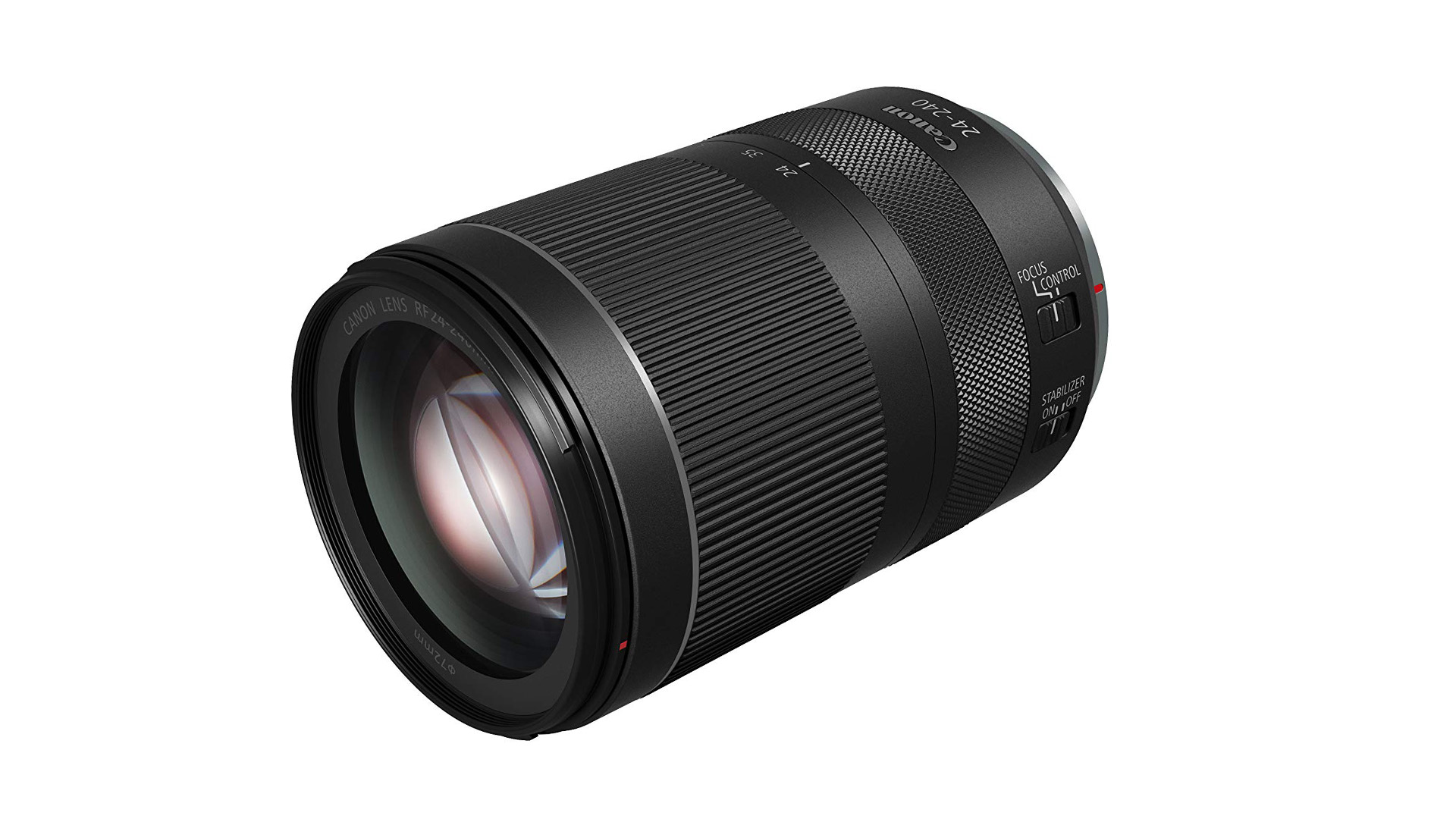
Type: Standard Zoom
Compatibility: Canon RF mount
Focal range: 24-240MM
Aperture range: f/4 - f/36
Thread size: 72mm
Weight: 1.65 lbs
Squeezing such a long zoom range into a portable barrel was always going to require compromises, and while the Canon RF 24-240mm f4-6.3 IS USM generally produces pleasing results, being a jack of all trades isn’t always in its best interest – or yours, if you’re looking to buy it for certain subjects.
Canon says the lens is ideal for everything from wide-angle landscapes to frame-filling portraits, and even close-up sport and wildlife. We can’t deny its versatility, but the f/4 can be limiting for low-light shooting, which is why we don't rank it as one of the best lenses for astrophotography. Astro-imaging aside, the reach on this lens isn’t always enough to capture things like small, distant animals either, which may disappoint wildlife photographers.
Coupled with a Canon EOS R6, we tested the lens out with an after-dark light display, street portraits and a romp around a city. Let’s see if the Canon RF 24-240mm f4-6.3 IS USM is really one of the best zoom lenses on the market.
- Related: Best cameras for astrophotography
Canon RF 24-240mm f4-6.3 IS USM review: Design
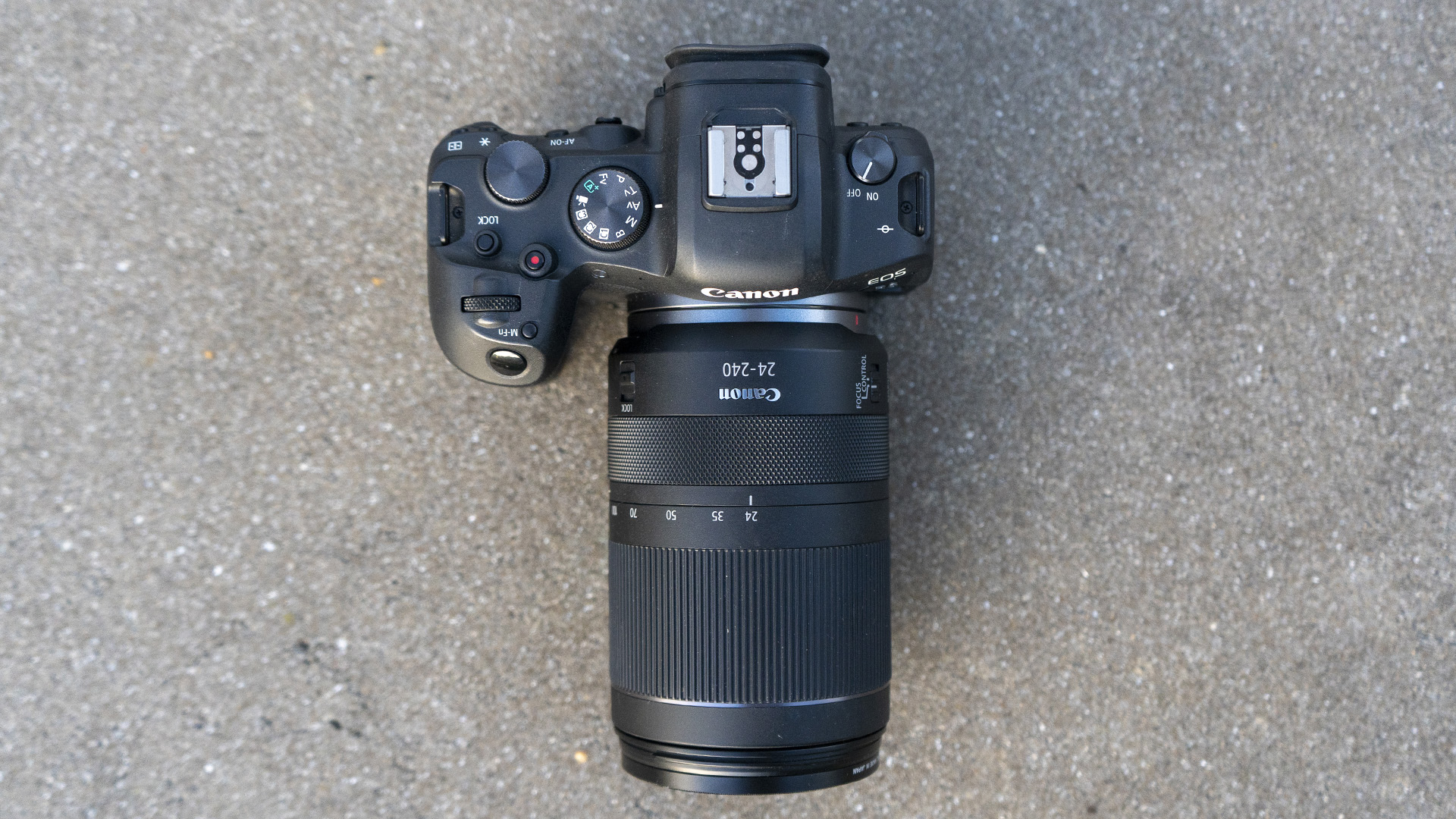
- Smooth zoom ring
- Customizable control ring
- Well-balanced weighting
Full-frame superzooms tend to be very big, but the Canon RF 24-240mm f4-6.3 IS USM doesn’t dwarf the Canon EOS R6 at all, and the setup feels very well-balanced. Canon’s new lens mount has reduced the distance from the lens to the sensor plane, which is what has allowed for this optic to be so compact. Subsequently, shooting handheld is very comfortable, even for long periods of time.
Handling is a very positive story overall. The controls on the lens barrel include a stabilizer on/off switch, and a lock switch for the zoom which is easy to find without taking your eye away from the viewfinder. As with other RF lenses — and like the comparable Nikkor AF-S 28-300mm F/3.5-5.6 — there’s a customizable control ring that can be set to fine-tune focus or adjust settings such as ISO and aperture rapidly. The zoom ring has a rubberised texture for an easy grip, and the two-stage barrel extension moves in and out smoothly.
Design-wise, the aesthetic is plain, black, and unlikely to turn heads, but it suits Canon’s camera bodies well. In terms of construction, the lens does feel solid, but as the material is a plastic composite — which has likely helped to keep the weight down — the weatherproofing isn’t up there with Canon’s L-series lenses. For the price, this is what you’d expect, but it’s still something to bear in mind if you’re a landscape or outdoor photographer in need of heavier weather resistance.
Canon RF 24-240mm f4-6.3 IS USM review: Performance
- Quiet autofocus
- Noticeable vignetting without corrections
- Built-in Digital Lens Optimizer

It’s usual not to expect outstanding image quality from a superzoom lens — there’s always a trade-off to be had for the extreme focal range — and the results from the Canon RF 24-240mm f4-6.3 IS USM are good, but not always amazing. Unedited raw files show obvious distortion, along with vignetting at the wider end of the focal range, however these issues are easily resolved by applying a lens profile correction in any major editing software (we used Lightroom Classic). It’s worth noting that in-camera lens corrections are applied to jpg images if you don’t shoot in raw.
While clarity in the center of the frame peaks near the maximum aperture of f/4, it falls off as the aperture is narrowed. The edges of the frame show signs of softening at 24mm and 240mm, and the best edge sharpness comes in the middle of the zoom range. This isn’t the best news for landscape enthusiasts who will frequently rely on a wide-angle view, but the optical performance in terms of sharpness is good overall.
The Canon RF 24-240mm f4-6.3 IS USM offers a 5-stop image stabilisation system, which definitely helps when you’re shooting in low light without the help of a wider aperture to boost the shutter speed. Having tested it thoroughly in different focus modes, the nano USM autofocus system really is whisper quiet, fast and smooth for both stills and when shooting video. During filming, a clickless 1/8-stop aperture control helps to keep that silent operation up, while any transitions of focus are super smooth, too.






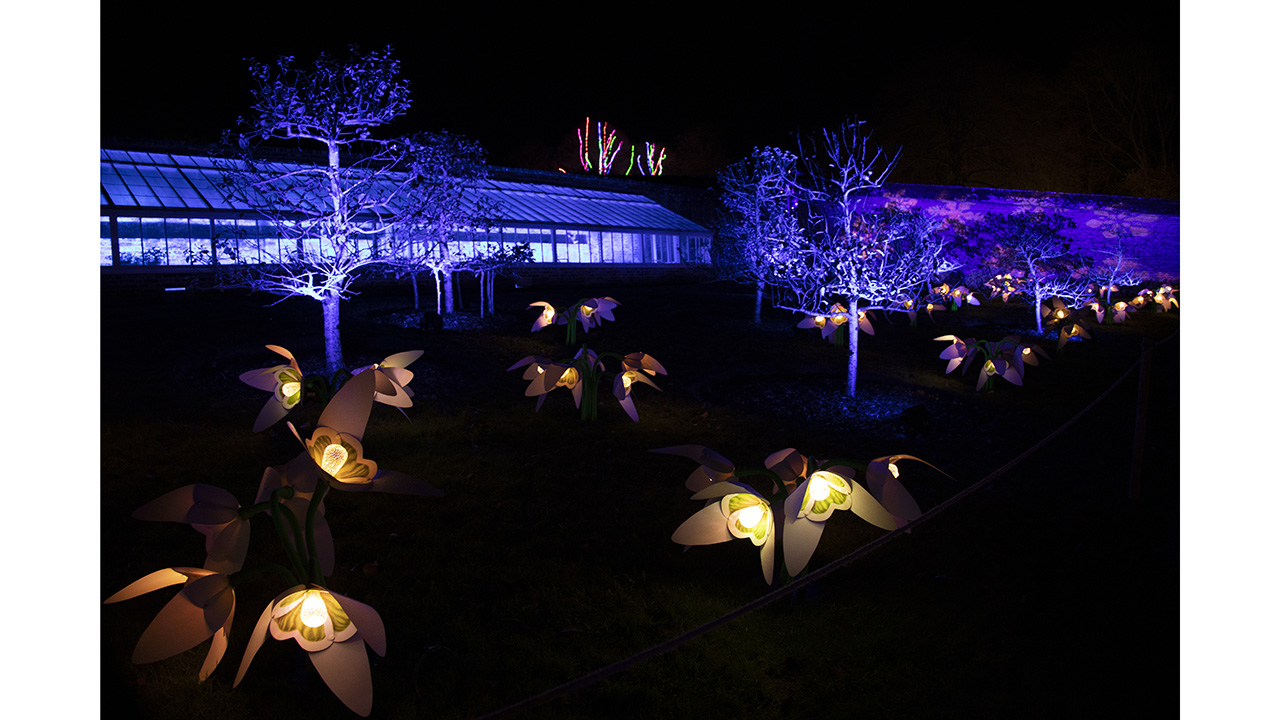









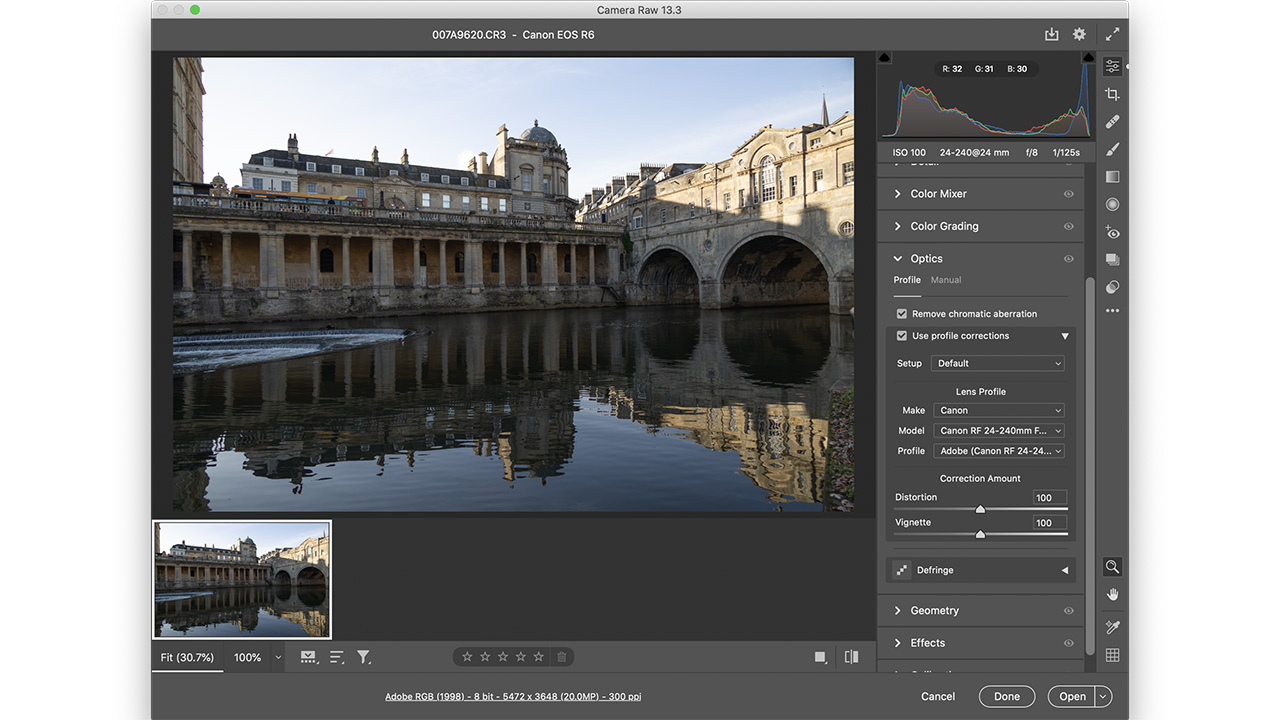
Should you buy the Canon RF 24-240mm f4-6.3 IS USM?
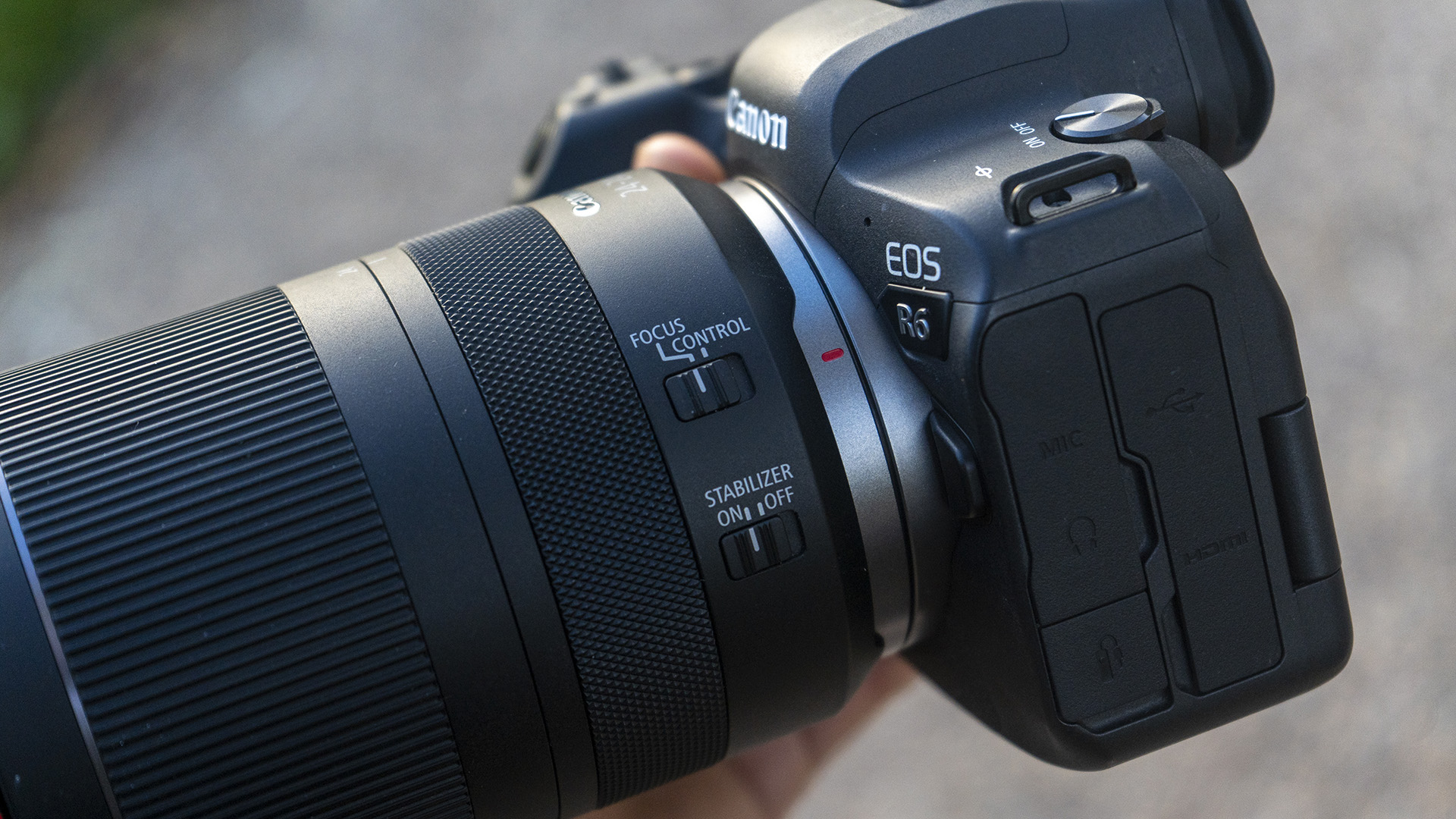
The Canon RF 24-240mm f4-6.3 IS USM is undoubtedly a great choice if you’re the type of photographer who wants an all-in-one walkabout lens that can easily go from shooting a wide-angle to a telephoto view in seconds.
The lens does have limits, though. The modest maximum aperture of f/4 doesn’t really work for astrophotography, or allow for portraiture with a shallow depth of field and bokeh. While the maximum focal length will fill the frame with larger animals, wildlife photographers capturing small subjects such as birds will need more reach.
This all-in-one zoom option for the EOS R system is perfect if you’re a generalist photographer who wants to travel light and doesn’t want to carry or swap around multiple lenses, or if you can’t afford to invest in several Canon prime lenses that cover similar focal lengths.
If this product isn't for you
If you need a longer zoom at an affordable price, try the Canon RF 100-400mm f5.6-8 IS USM lens. But if you’re a Nikon shooter, try the Nikon Z 24-200mm f/4-6.3 VR – a solid superzoom for Z-mount mirrorless cameras.
And if you’re an advanced user, go for the Canon RF 24-105mm f4L IS USM Lens – a premium bit of glass for Canon’s mirrorless system.
Join our Space Forums to keep talking space on the latest missions, night sky and more! And if you have a news tip, correction or comment, let us know at: community@space.com.

Lauren is a photographer, writer and editor based in the Cotswolds, UK. An experienced journalist who has been covering the industry for over ten years, she's equally adept at putting the latest camera through its paces or learning a creative shooting technique and then passing that knowledge on in an accessible way. Lauren holds a degree in Natural History Photography and has plenty of real-world experience in a variety of disciplines, from astrophotography to wildlife, weddings, and even commercial portraiture. Lauren is the Managing Editor of Digital Camera World, having previously served as Editor of the global publication Digital Photographer, a practical-focused magazine that inspires hobbyists and pros alike to take phenomenal shots and get more from their kit.
